
It wasn’t long after we reviewed Yamaha’s 2014 FX HO Cruiser that we were invited to take the equally-equipped 2014 GTX 155 out for a ride. Both skis share the same market segment (apart from the Yamaha’s next-level-up stadium-style seating), particularly those watersport enthusiasts looking for a happy medium of comfort and reliability, and best of class fuel mileage. And throughout our time aboard the Sea-Doo we couldn’t shake the tendency to contrast the two.
Unfortunately, a throwdown shootout between the two is not something you’ll find here. But as Kawasaki’s staid naturally-aspirated Ultra LX is the brand’s only entry in the non-huffer segment, the only two really taking this class seriously are Sea-Doo and Yamaha, and so we will be drawing some comparisons between them.
It wasn’t long ago when Bombardier first announced the “high output” 155-horsepower Rotax plant. By today’s standards the successor to the brand’s lowest producing 130HP engines seems anemic. But at the time and well up until the 215 and 260HP supercharged models, 4-Tec 155 was plenty of push to propel the previous “Phoenix” hull.


Yet, once the larger S3 hull became the standard for 2010, the 155-level naturally-aspirated plant just seemed to wheeze when passed up by Kawasaki’s 1.5L four-cylinder and Yamaha’s not-so-thirsty 1,812cc monster. Well, at least that was what we thought…
Because of Sea-Doo’s iTC (Intelligent Throttle Control) and standard trio of available engine tunes, namely “Touring,” “Sport” and “Eco,” the unboosted 155HP GTX manages to leap from a rolling start with no shortage of motivation.
While the long three-seater (139.2-inches) won’t break any 0-to-30 second speed records, it will pull hard enough to surprise most rear passengers.
In fact, the GTX’s iTC proved itself as the vehicle’s most underrated resource. Toggling through the engine programs is equally as accessible as setting its one-touch Cruise control. Considering that fuel economy was a main motivator for buyers of the GTX 155, we rode most of the day in Eco Mode, hardly denting the scant $30 in fuel we poured into the tank earlier.


Those riding will find the single-piece bench seat supportive and roomy. In some cases we’ve found the tall scalloped seats other brands a little restrictive for taller riders, but our qualm is merely a matter of preference. Beneath the tilt steering, the glove box is voluminous, and the sealable, locking bow bin (a standard feature on all GTX models) offers sufficient storage.
Even in its most humble form, the lowest rung of the “Luxury” segment is endowed with Sea-doo’s VTS (Variable Trim System), F/N/R gear indicator and adjustable LCD dash display settings.
As is with all Sea-Doos equipped with iBR (Intelligent Brake & Reverse), maneuvering around tight spots, docking and loading the trailer is a far superior experience than any other ski without it; not to mention the tremendous safety benefits of a fully-functional braking system.
Quibbles with the Sea-Doo rose from its “plasticy” hood and glove box hinges, which felt fragile. These materials undoubtedly help keep the large runabout down to 816-pound (dry) weight.


Likewise, we struggled with the release lever to access the engine compartment. On two different occasions while driving to our location, the seat unlatched, swinging open while on the highway. After securing it a second time, we fought to open it again to no avail (sorry, no engine pic).
The juxtaposition of state-of-the-art innovation and thin, finicky plastics gave the GTX 155 an oddly imbalanced feeling. In Sport mode, the GTX failed to breach 60mph, but graciously remained one of the driest rides we had experienced all the while being spry, actively carving S-turns with modest provocation. Sea-Doo’s handlebar grip-to-button ergonomics are second to none, and are found on nearly every other model. Button responsiveness is equally above the fray. For that we applaud BRP’s engineers.
Priced well over $1,000 under that of the aforementioned Yamaha, the GTX 155 does manage to both fall below and rise above its nearest competitor. We would’ve preferred the low end grunt and solidity of the HO Cruiser, but keep returning to the iTC and iBR as its saving graces. Fuel economy (particularly in Eco mode), watertight storage and ergonomics help push the GTX over the edge into the “recommended” category.
Huge thanks go to America’s Motorsports for use of the Sea-Doo GTX 155.






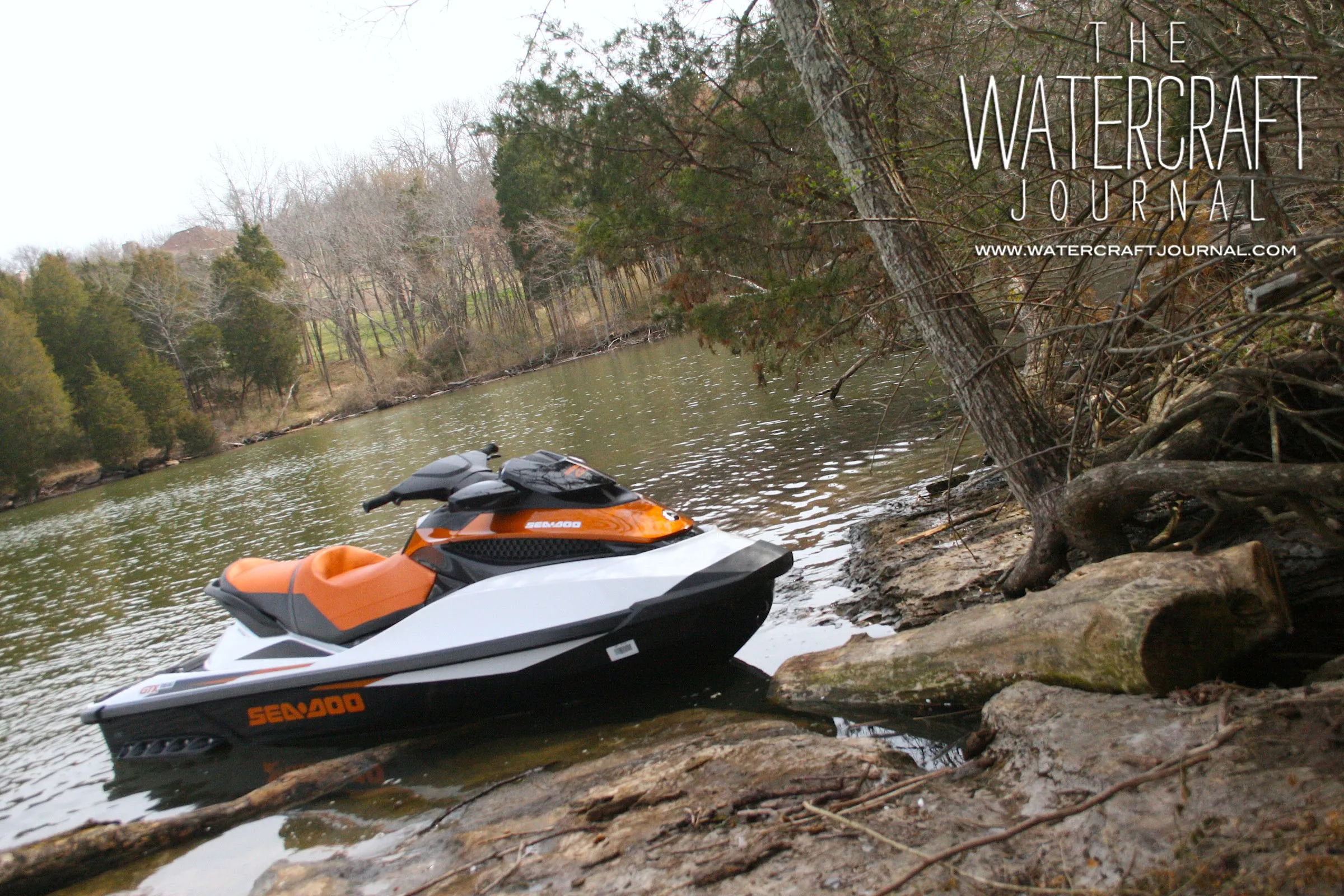
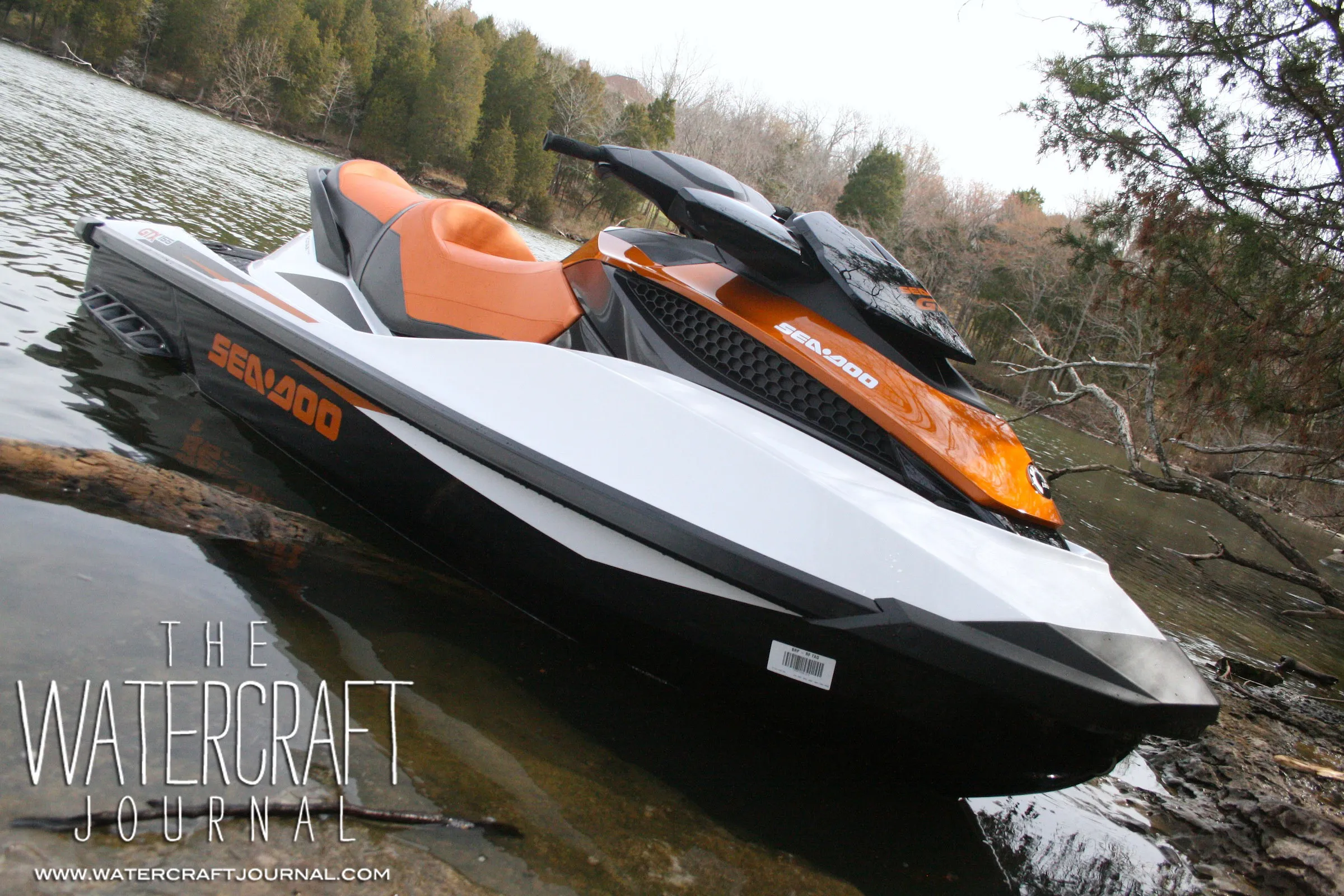
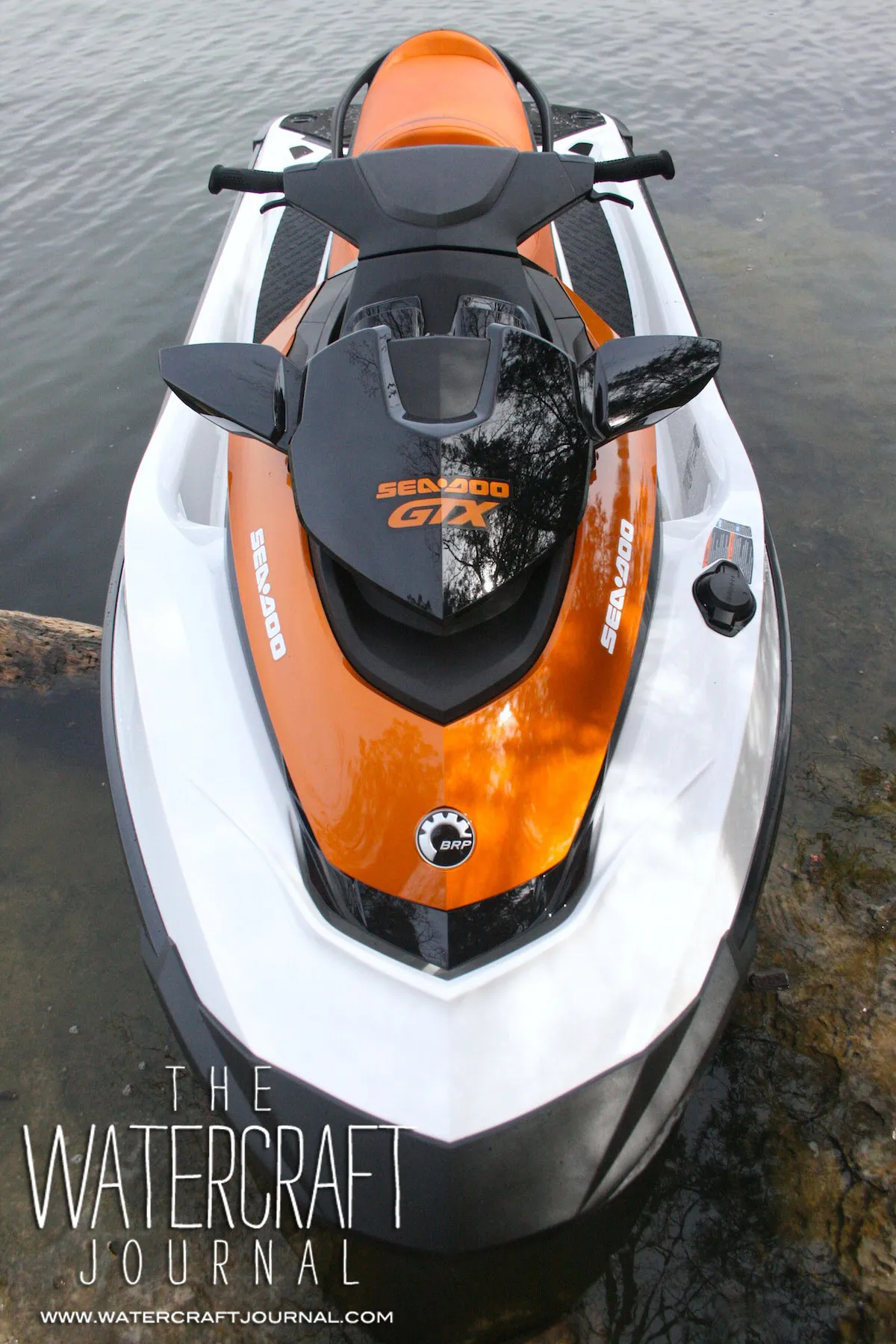
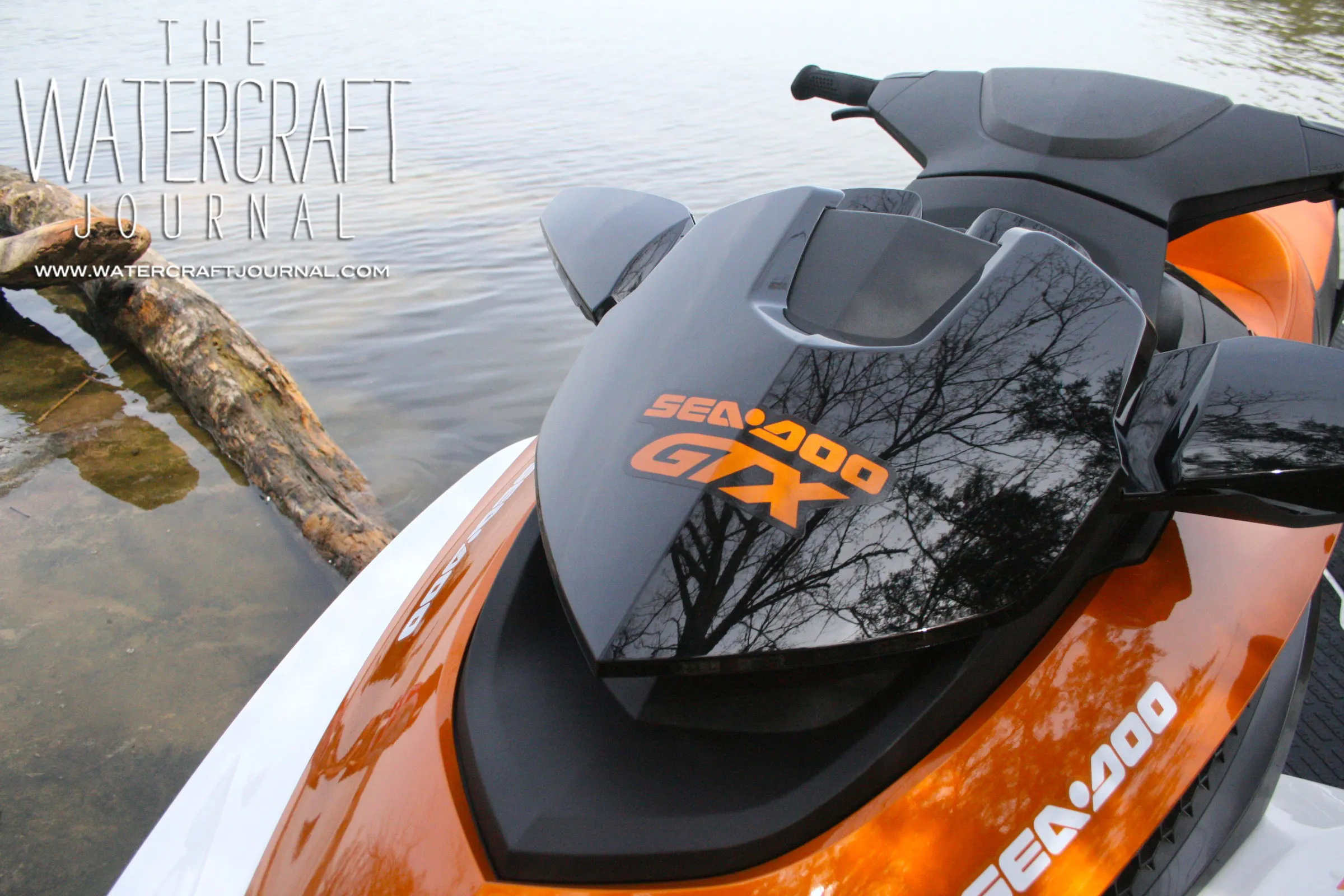
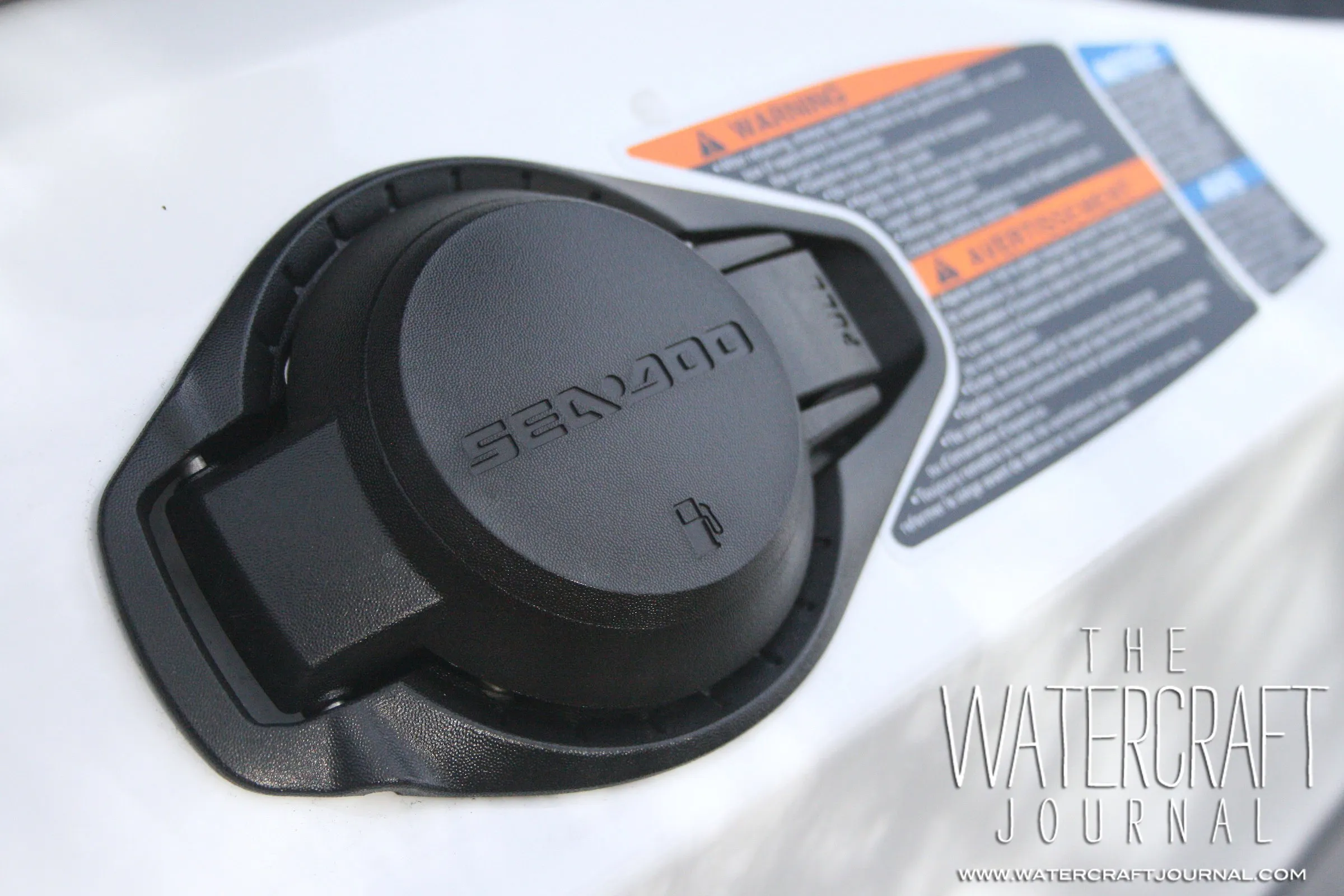
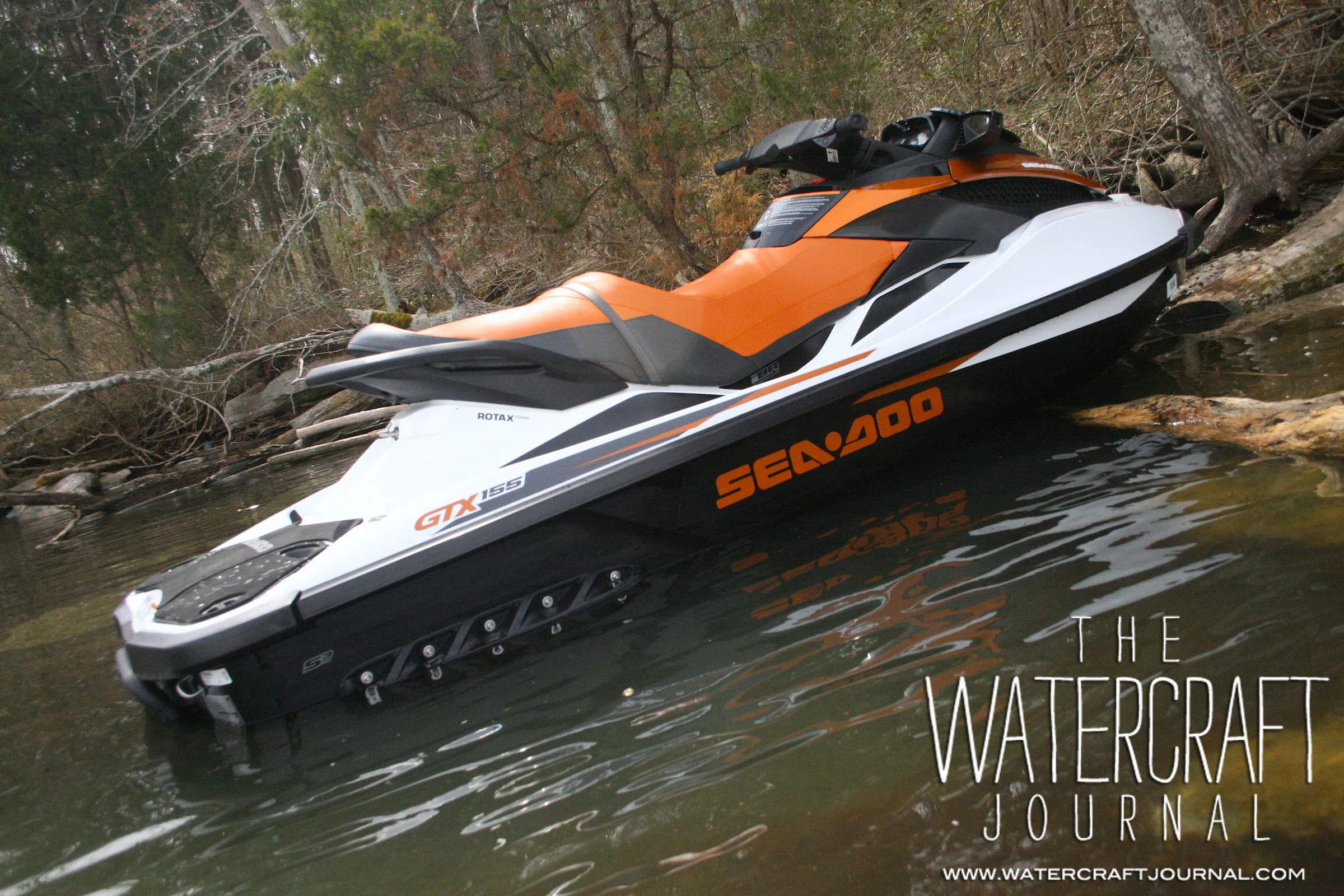
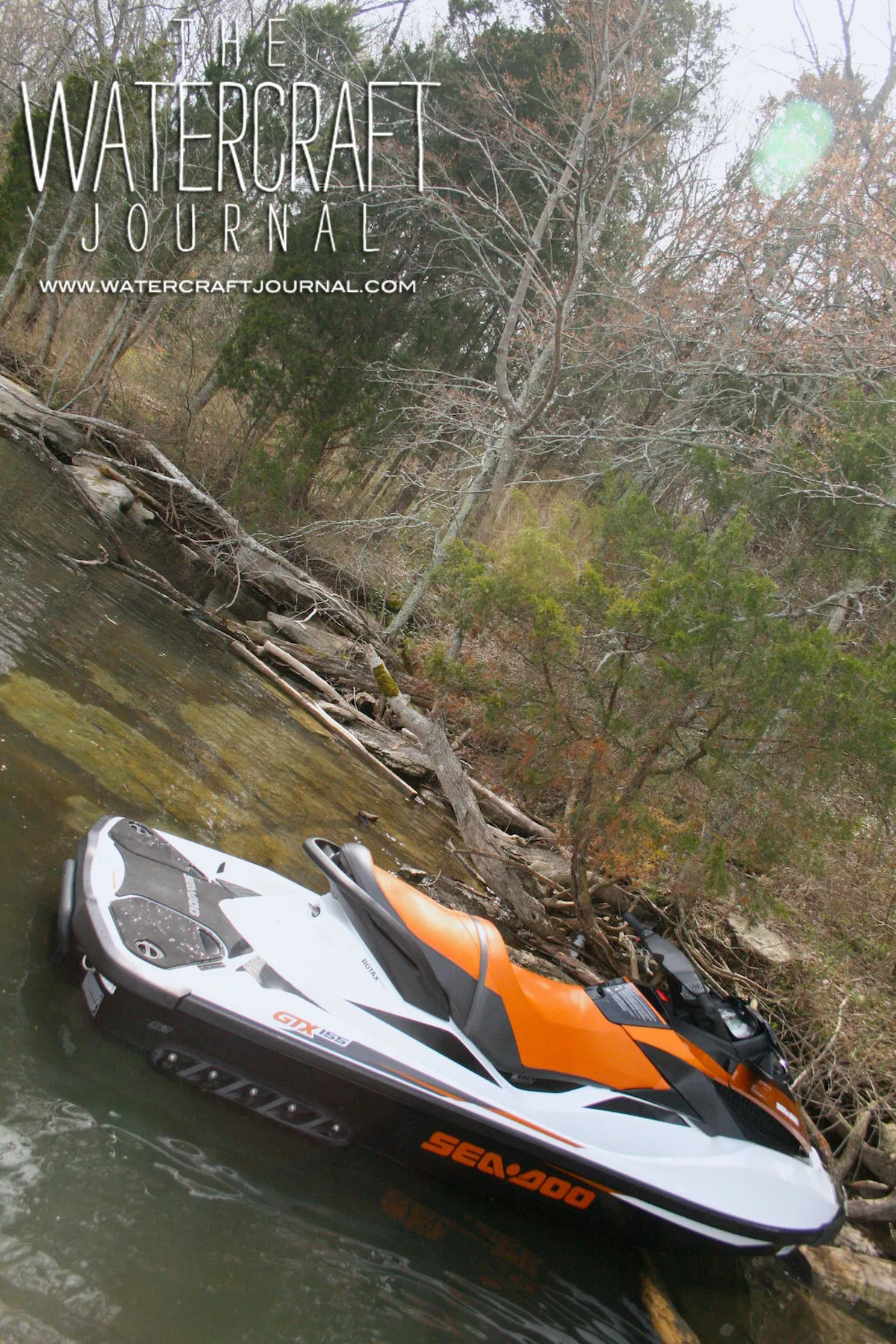
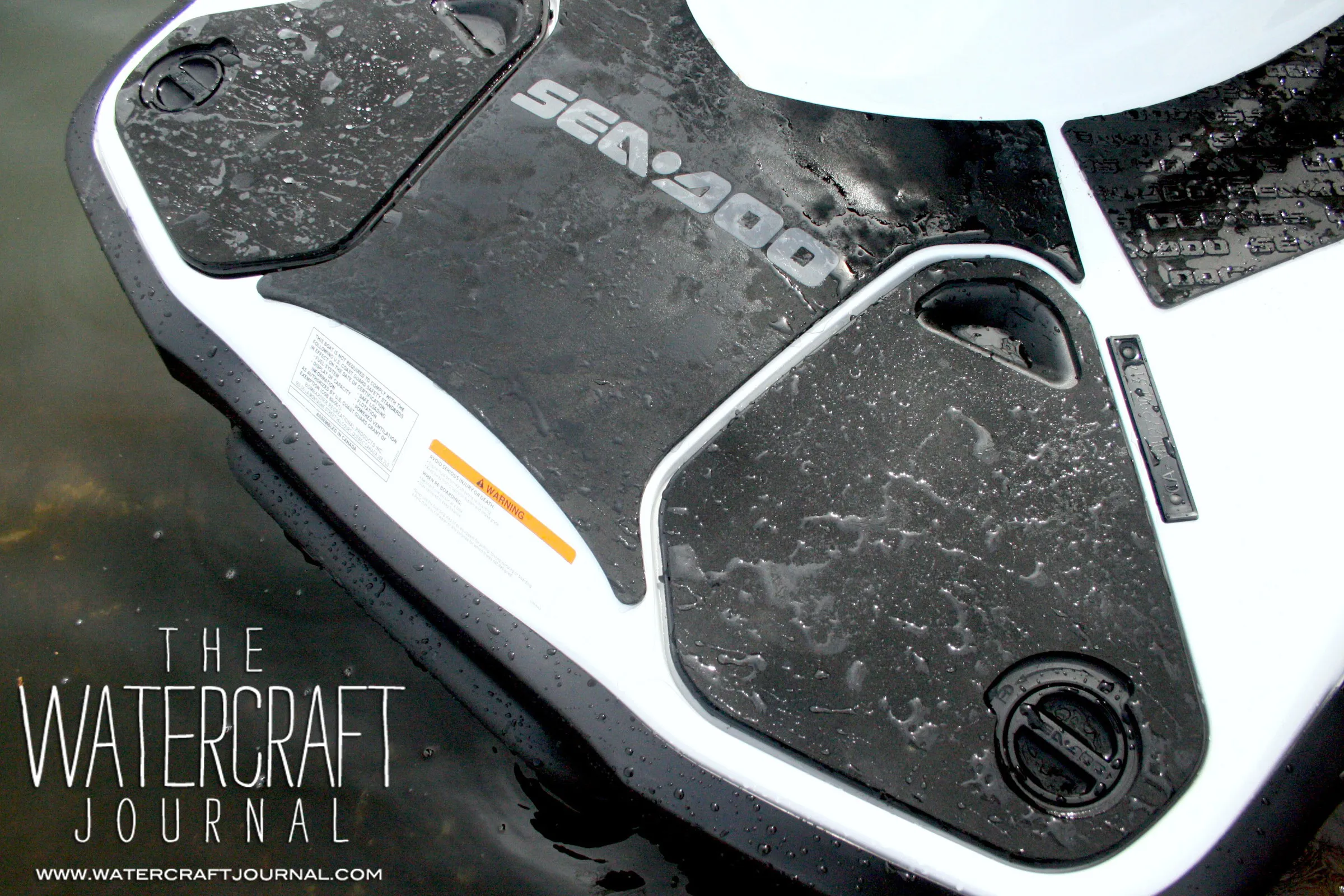
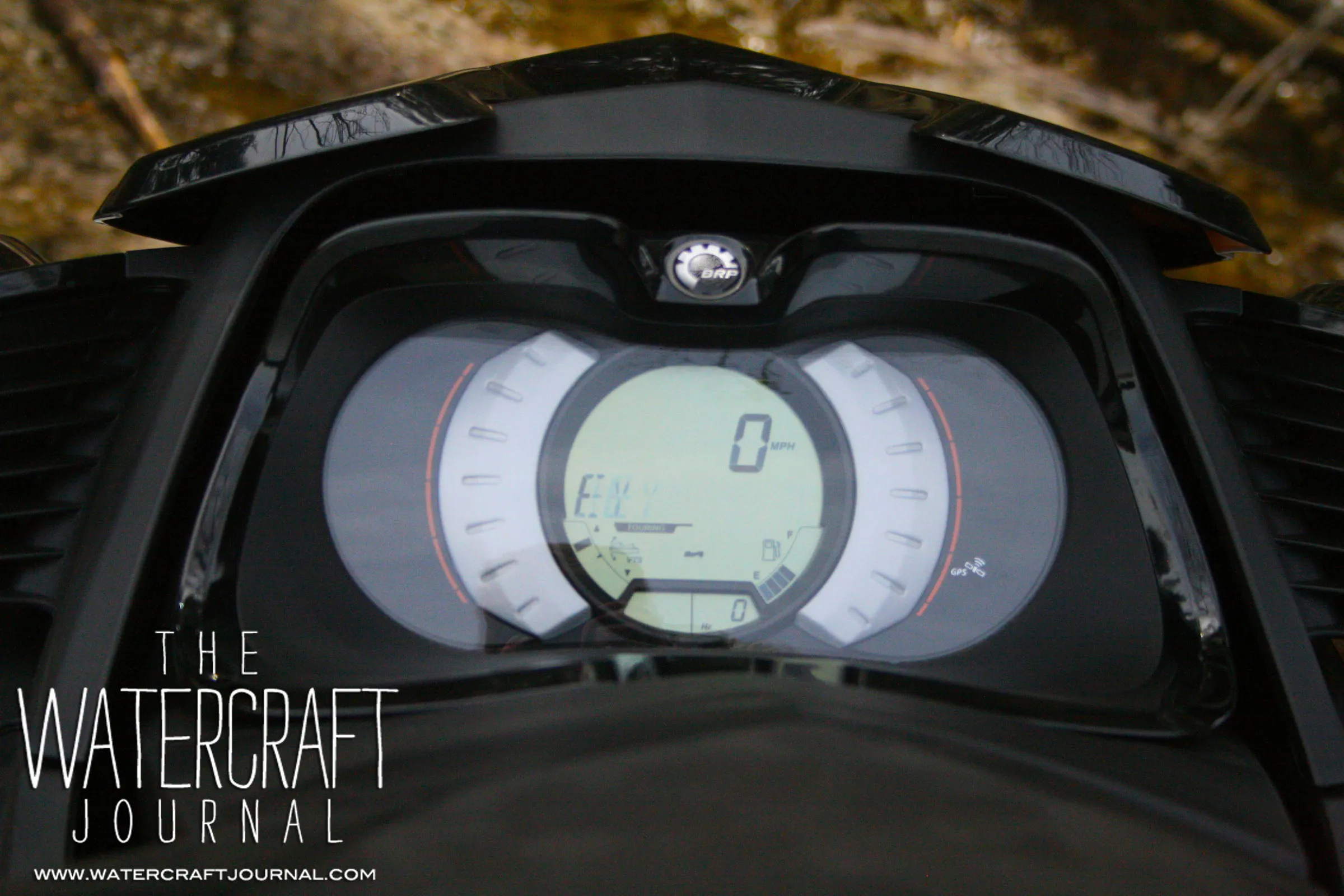
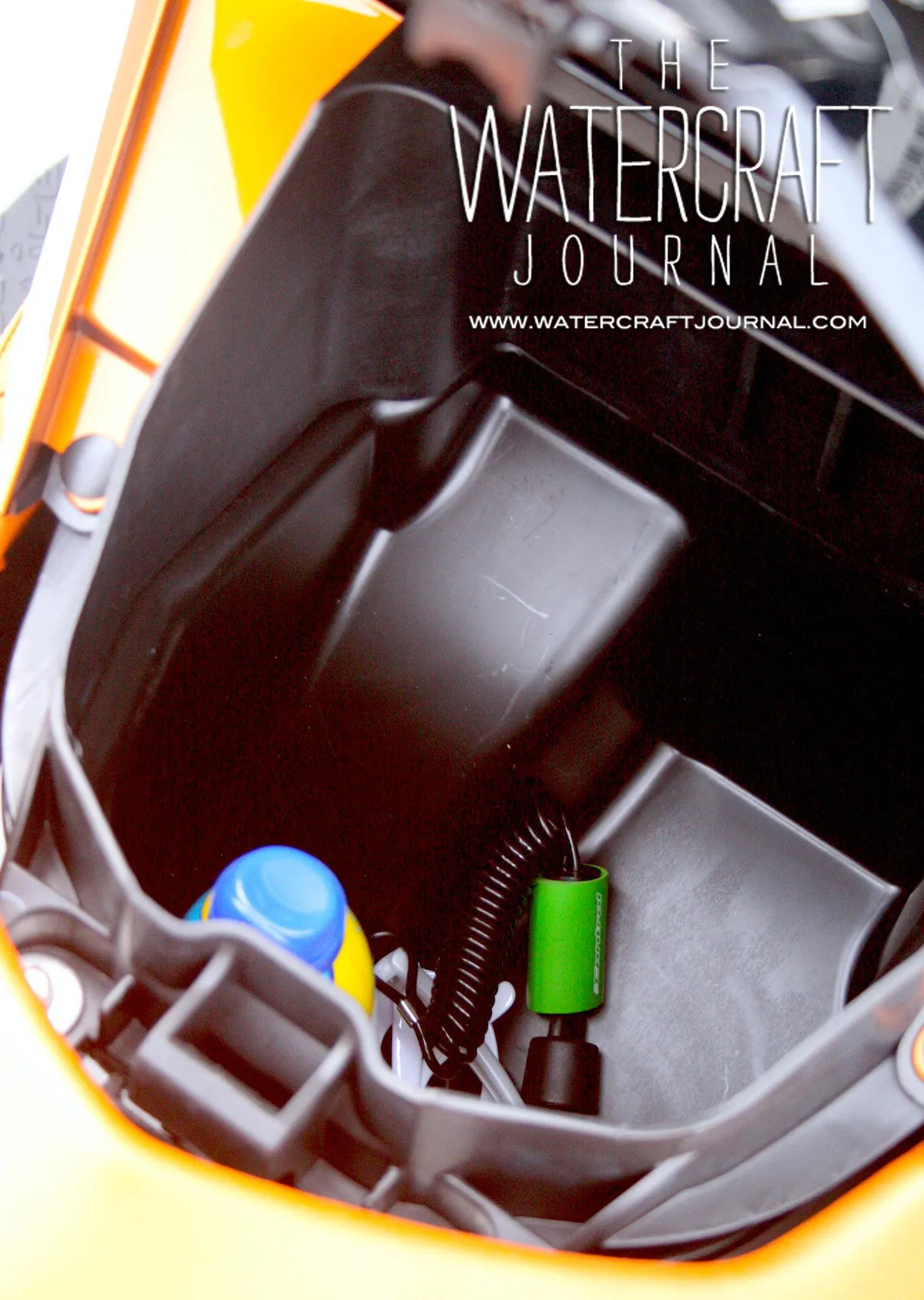
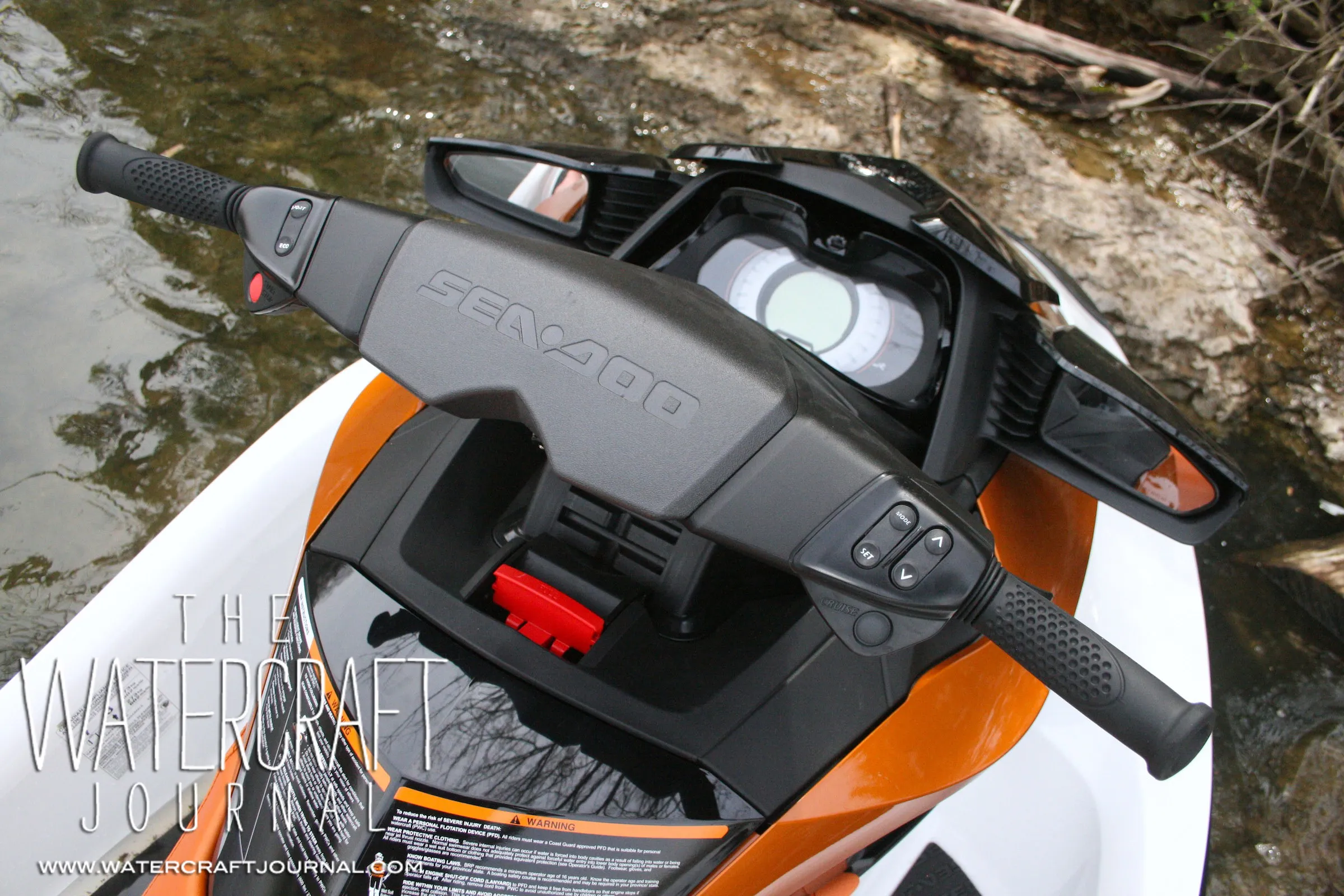
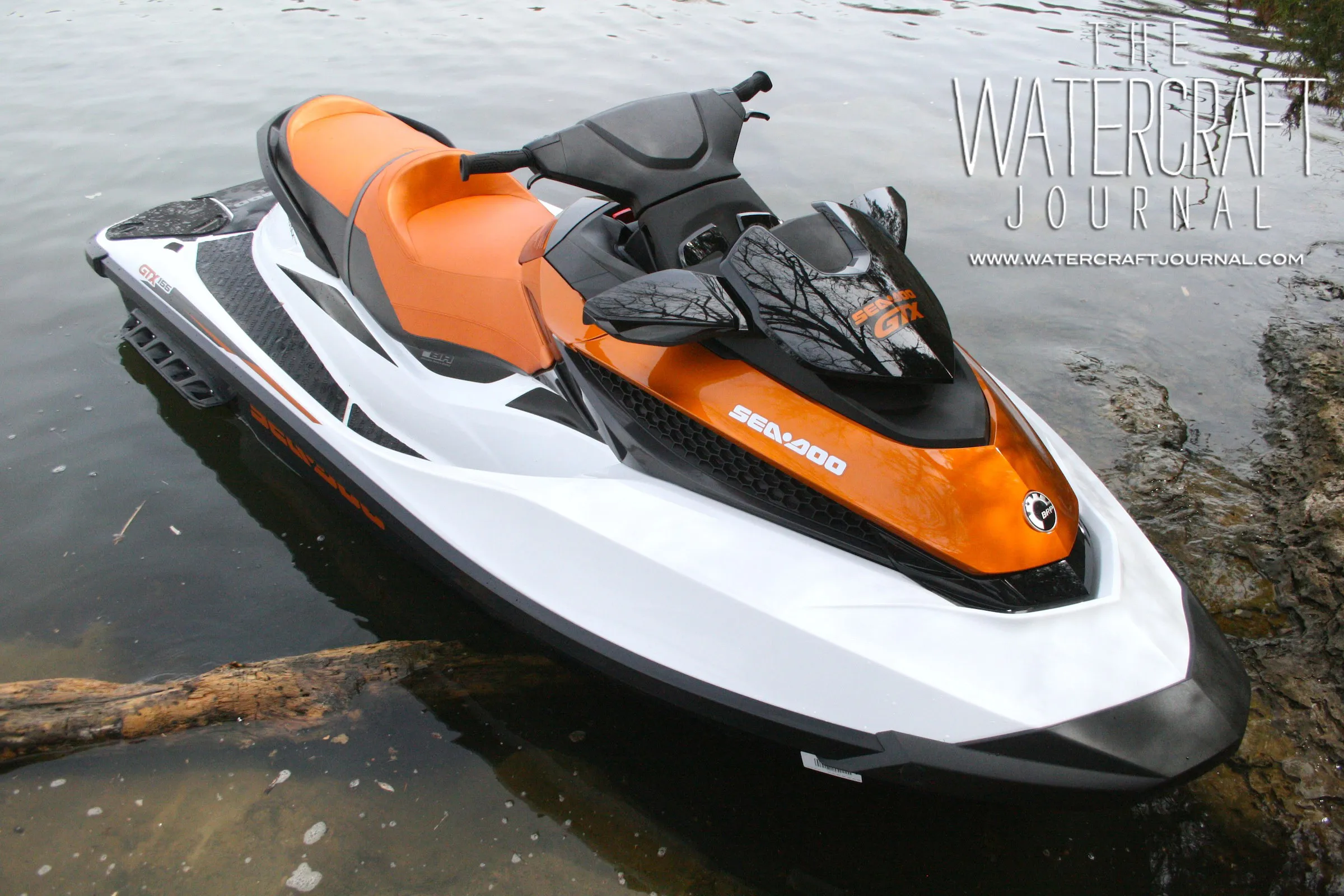
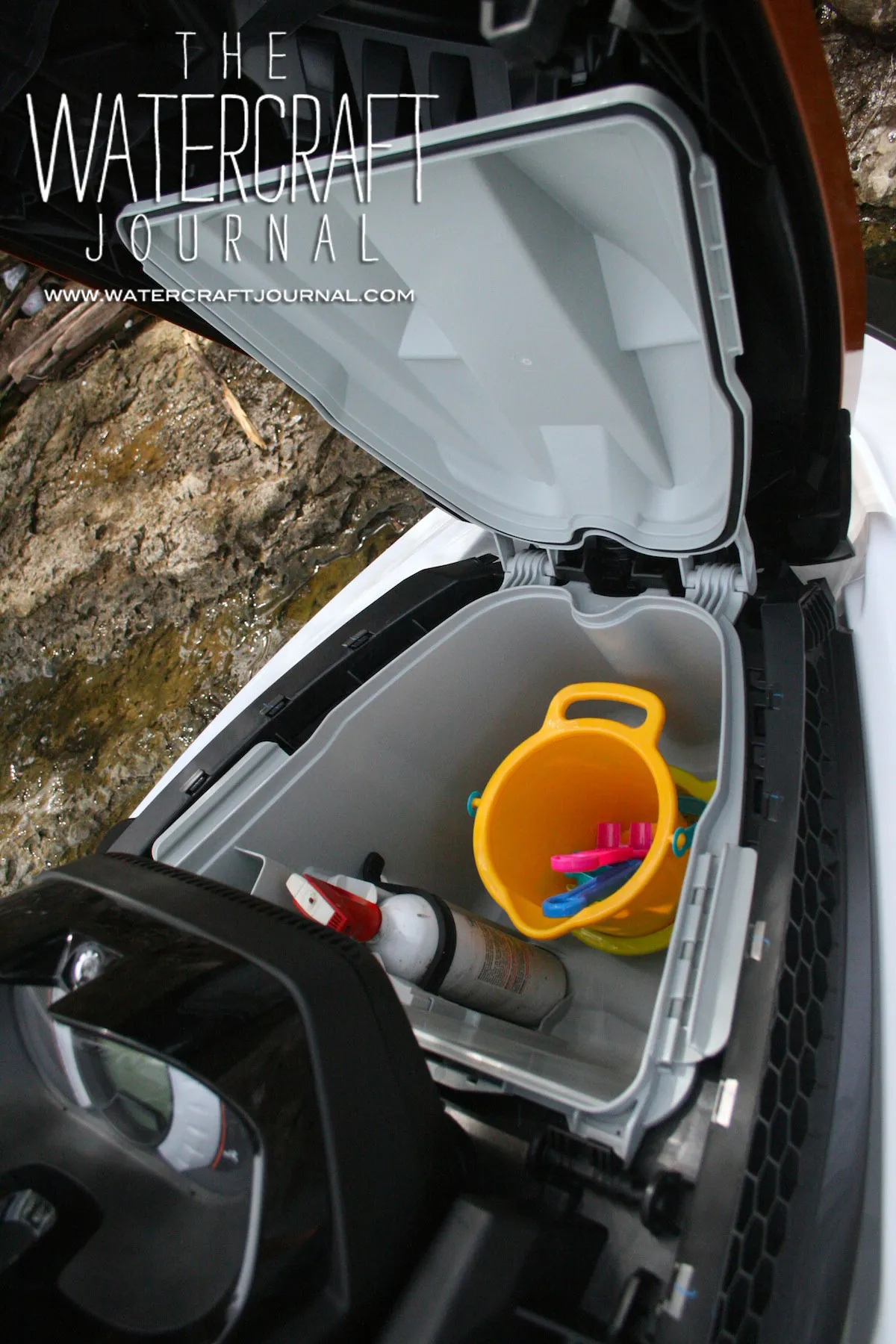

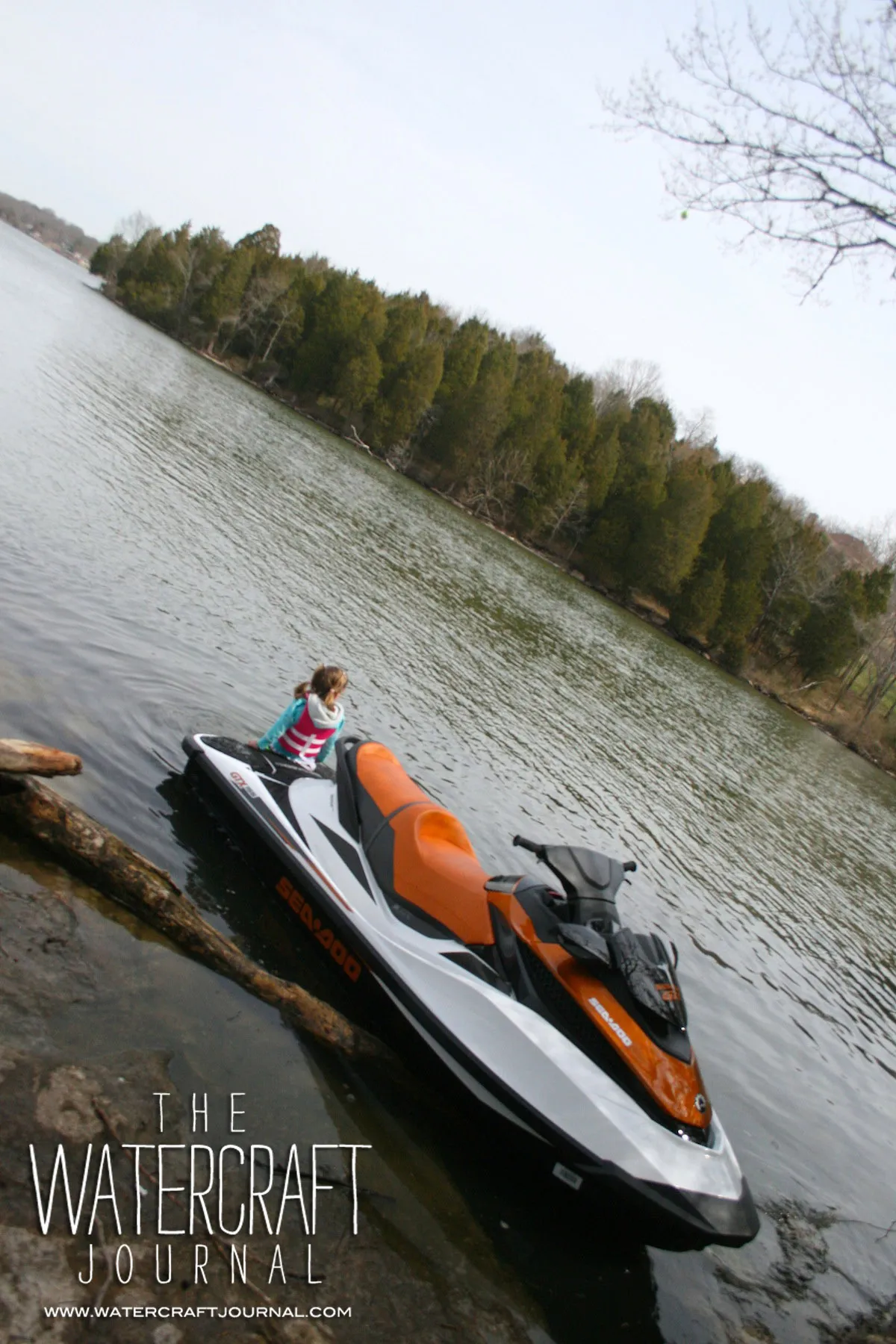



Is your personal watercraft fun for the whole family?
http://t.co/fkcGAoOvpo http://t.co/M1N90aLruw